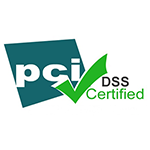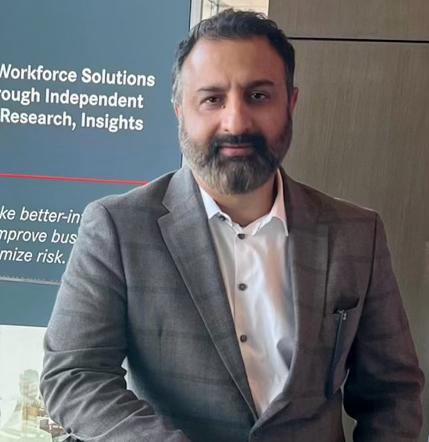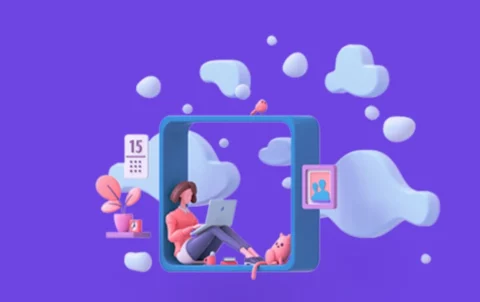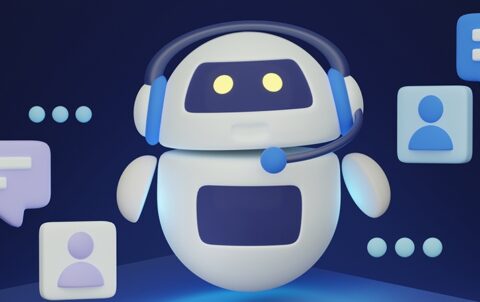© 2025 Next Level Business Services Inc. All Rights Reserved.
Success on the spectrum: Embracing neurodiversity at the workplace
By Sunil Dhar
If you were to judge a book by its cover, you would classify Rick Sanchez as an “oddball” based on your first impression. Dig a little deeper and you’ll discover that his technological prowess has no end. Quite the innovator, Rick has single-handedly introduced and innovated machines that can do what seems impossible to the world. A true inventor, his understanding of mechanical processes is unparalleled. Albeit fictitious, he is a genius of the highest order. But the problem is, despite his mind-blowing capabilities, he might be deemed “unemployable” by many. In fact, most employers would not know what to do with him, let alone leverage his talents to revolutionize their businesses.
Fans and theorists of the popular Netflix series Rick and Morty had long speculated Rick to be neurodivergent or neurodistinct. As per estimates, nearly 10-20% of the global population could come under this category. It encompasses people with autism spectrum disorder (ASD), ADHD, Dyslexia, Down Syndrome, Dyspraxia, and other neurological conditions. Contrary to their neurotypical counterparts, people with neurodivergence require certain specific learning conditions to thrive. But don’t let that cloud your vision as studies have found that neurodivergent professionals can be 30% more productive than neurotypical persons in several roles.
Why is it, then, that about 85% of people on the autism spectrum are still struggling to find employment? That’s not all. About 60% of people with ADHD are more likely than their neurotypical counterparts to lose a job. A brief search on Google will expose you to more such discouraging numbers. Such as neurodiversity practices in the workplace are overlooked by over 70% of HR professionals. However, they might be the people that a business needs desperately to get to the next level. Excellent in mathematics, memory retention, pattern recognition, and more, people with neurodistinct abilities can help organizations break away from monotonous perspectives and usher in improvement in quality, productivity, employee engagement, and of course, employer reputation.
To unlock this criminally underrated and untapped talent pool, we have to take a step back and understand the dos and don’ts of embracing neurodiversity at work and gaining a competitive advantage while bringing social parity. Thus, here are a few traits and characteristics of a conducive workplace that addresses and aces in bringing about neurodiversity.
It explores non-interview methodologies
To establish a neurodiverse workforce, the first step is to bring neurodivergent people on board. This is where it helps to unlearn a lot of the techniques that have become go-to in hiring. Assessing candidates on the basis of their communication, interpersonal skills, extroversion, team player skills, etc. may do more harm than good. Only by developing non-interview assessment, training, and onboarding processes and metrics can an organization truly accommodate neurodistinct talent.
It keeps its language and communication clear, inclusive, and free of obliqueness
Since communication is key in all our interactions and relationships, it often makes or breaks the deal. Hence, once you have neurodivergent professionals on board, as an employer or people manager, make sure you keep your communications succinct without any undertones of irony, sarcasm, or microaggression.
It invests in inclusive infrastructure
As people with neurodistinct abilities may have trigger points unknown to neurotypical people, there must be a profound understanding of creating a workplace that allows spaces for them to go on without distractions and disturbances. Sound-proof spaces, flexible seating arrangements, noise-canceling headphones, etc. can serve as great jumping-off points for organizations to create a physically safe space for everyone.
It collaborates with experts and organizations that work with neurodivergent people
It’s only obvious that a neurotypical-majority workplace may be under-equipped to comprehend the needs, challenges, and capabilities of a neurodiverse team. This makes it a mandatory practice for these organizations to join hands with domain experts who can both sensitize the leaders and workers as well as help imprint an environment of inclusivity and mutual respect.
It displays and acts with kindness and empathy
If there’s anything the recent pandemic has taught us, it is to be understanding of our coworkers and peers if we wish to keep the workplace healthy. Demonstrating a high EQ while approaching anyone who belongs to the workforce entails embracing their mistakes as eagerly as celebrating their achievements. An organization that sets the empathy meter high is always at low risk of losing its best people and carving its own niche in the business world.
While these are not all an employer can do to promote neurodiversity, the steps above are definitely fundamental to building a work atmosphere where each stakeholder feels recognized, represented, and respected. It brings me great pleasure to look forward to the SIA CWS Summit North America to address more facets of bringing about neurodiversity in the workplace. I’m sure, with the much-needed dialogues in this area, we will be able to unearth more insights and spearhead more ways to build non-discriminatory workplaces that embrace differences and not view them as deficiencies.
Sunil Dhar
EVP & Global Head - Talent SolutionsTalent Solutions








